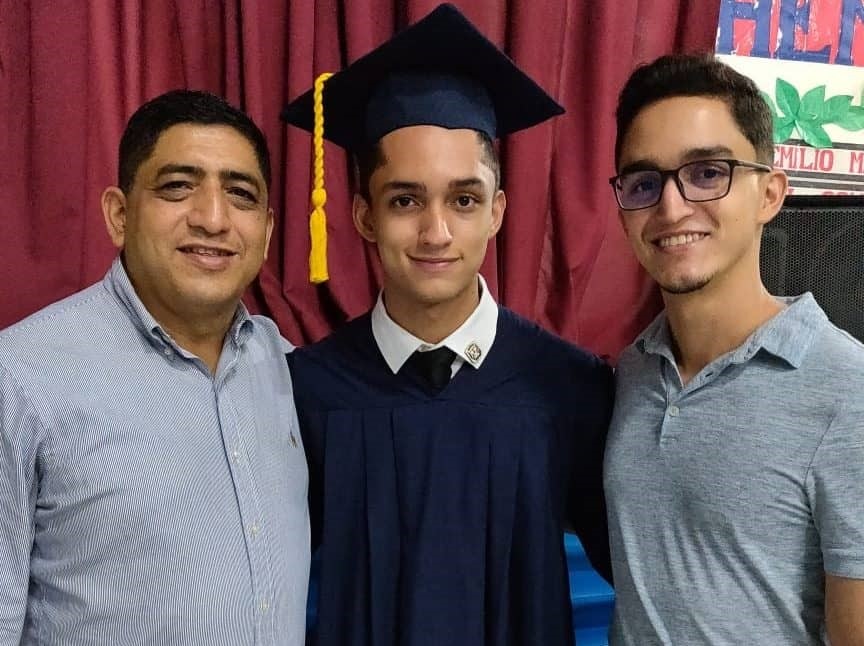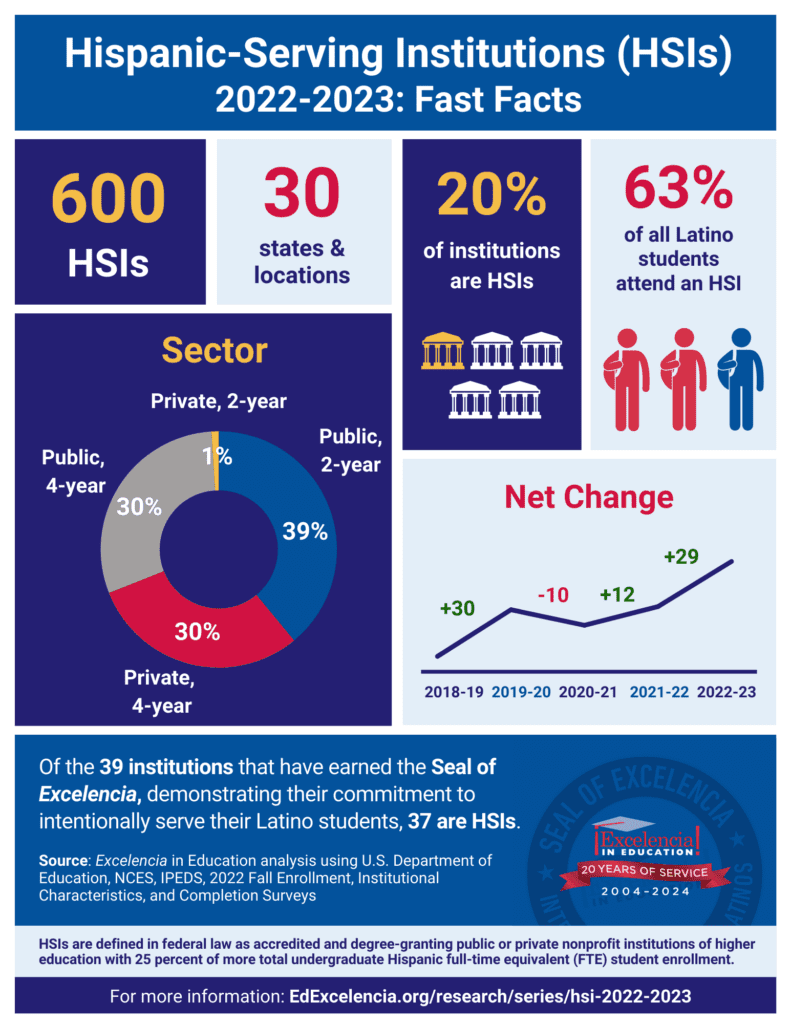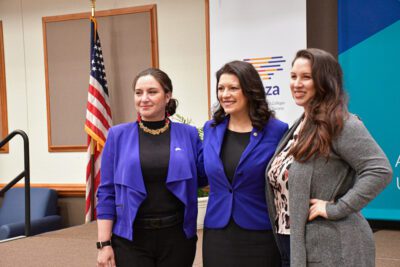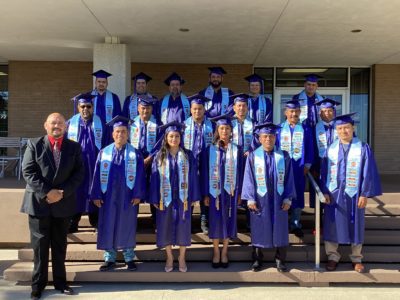

Share this story
|
|
In coordination with the Hispanic Association of Colleges and Universities (HACU), Excelencia in Education!, which works to accelerate Latino student success in higher education, released its annual analysis of Hispanic-serving institutions (HSI).
The analysis finds all of the HSIs and emerging HSIs (eHSI) in North Carolina are community colleges: there are three HSIs in North Carolina — Montgomery Community College, Sampson Community College, and James Sprunt Community College — and 19 emerging HSIs.
Nationally, just 40% of HSIs are community colleges. Seventeen states have more HSIs than North Carolina, including 172 in California and 111 in Texas. Here is the interactive dashboard, which can be explored by HSI or geography (note the tabs in the top left corner).
In 2022-23, there were 1.45 million Latino undergraduate students in the United States.
While HSIs are defined in federal legislation as accredited, degree-granting public or private nonprofit institutions of higher education with 25% or more total undergraduate Hispanic full-time equivalent (FTE) student enrollment, the analysis puts forth “a common definition and methodology for identifying HSIs that will result in better analysis and more accuracy.”
“The rate that Hispanic-Serving Institutions continue to grow emphasizes their importance to the communities they serve,” said HACU President and CEO Antonio R. Flores. “HSIs are engines of upward mobility and are the backbone of educational opportunity for millions of students across the country.”
In North Carolina, Avanza is a community of practice for HSIs and eHSIs.
The national data on HSIs
According to an email sent in conjunction with the release of the analysis, Excelencia in Education! has been conducting this analysis for 20 years, since the organization’s founding.
This year, the highlights nationally include:
In the past year, the number of HSIs increased from 571 to 600, the number of eHSIs increased from 401 to 412, and the number of graduate HSIs (gHSI) increased from 241 to 252.
HSIs represent 20% of all colleges and universities yet enroll over 60% of Latino undergraduates.
Almost 70% of HSIs are public, and 60% are four-year institutions.
There is at least one HSI in 28 states, D.C., and Puerto Rico.
HSIs enroll 32.2% of Pell recipients.
Excelencia in Education!, Hispanic-Serving Institutions Data: 2022-2023


The analysis includes a wide variety of resources including an HSI factbook, an HSI fact sheet, the HSI analysis, the eHSI analysis, and the gHSI analysis.
A story map
Explore this story map about HSIs, created by Excelencia in Education!
The data
The analysis is based on the most recent public data available from the U.S. Department of Education, National Center for Education Statistics (NCES), Integrated Postsecondary Education Data System (IPEDS) for academic year 2022-23. Here is the HACU press release, and here is the Excelencia in Education! press release.






